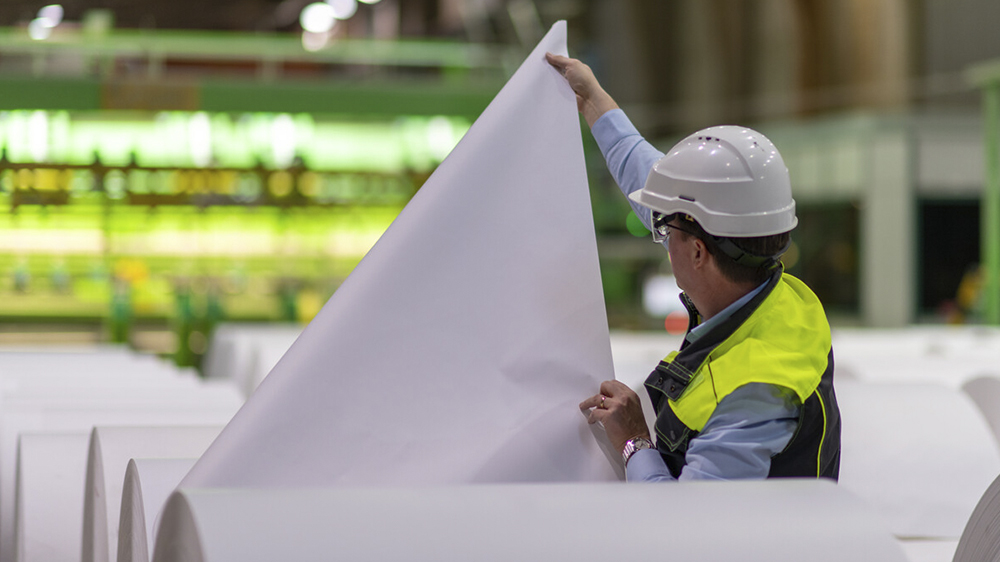Digital printing solutions are being embraced in response to changing end-user behaviours and wider economic influences. Print runs are shortening and customisation is becoming more commonplace as cost- and time-efficiency remain front of mind for businesses. This comes along with an increased focus on waste minimisation and greener printing.
“Some print houses have responded to these trends by diversifying their equipment,” reflects Atte Lindström, Director, Technical Customer Service and Product Management at UPM Communication Papers. From his perspective, it does not have to be an either-or situation. “Having both conventional and digital printing technologies under the same roof means the printer can efficiently cater to more diverse customer orders.”
The flexibility of business models is a reaction to the reorganisation of a market. But it is also a catalyst for innovation. “Digitalisation opens up opportunities for smaller players to have greater accessibility to high-quality products,” comments Atte. “As a committed graphical papers provider, we must also ensure our product offering is fit-for-purpose in a constantly evolving market.”
The demand for print continues to diversify. Certain print assets are seeing an uptake post-COVID, and others are trending towards decline. Atte offers one example of this: “Printed statements, utility bills and other financial documents are increasingly moving online. This frees up capacity within printing houses to broaden their offering to other graphic media.” Meanwhile, the cost-effectiveness and steady ROI of direct mail keeps print firmly in the mix for omnichannel marketing strategies. This is one possible direction for where this freed up capacity can go, especially if the mail outs are strategically tailored and informed by data to minimise wastage and maximise effectiveness.


UPM Star matt 1.2 JET is one of UPM's recently launched new papers especially developed for high-speed inkjet printing. UPM Star matt 1.2 JET is produced at UPM Kaukas paper mill.
The efficiency and versatility of digital printing solutions lend themselves to these changes. Innovation in printing and workflow technologies will play a key role in shaping the future of print. High-speed Inkjet printing is expected to thrive according to market forecast specialists Smithers, and continuing technological developments in Inkjet printing have already made it a competitive choice.
For papermakers, innovation in our own product is important to improve the quality of water-based Inkjet printing. “As a paper supplier we cannot anticipate and support this evolution on our own. Embracing partnerships allows us to adapt and innovate our offering to suit more modern printing technologies,” explains Atte. UPM Communication Papers recently piloted a new generation of digital printing papers that are specifically designed for high-speed inkjet printing technology. Developed in partnership with HP Inc, it is a demonstration of shared commitment between papermaking and printer technology to strengthen the future of graphic publication.
“For customers making the transition to digital printing methods, the new ColorPRO papers provide a shared guarantee of both quality and efficiency.” The range will extend the selection of UPM papers for digital printing, adding to our existing portfolio for customers who want to remain flexible to constantly shifting demands.
An ongoing commitment to innovation and strategic collaboration can create opportunities for paper in an increasingly digitalised world. Of this, Atte remains encouraged: “By working collaboratively, UPM can continue to support the dynamic and diverse needs of the print community.”
![]() Atte Lindström
Atte Lindström
